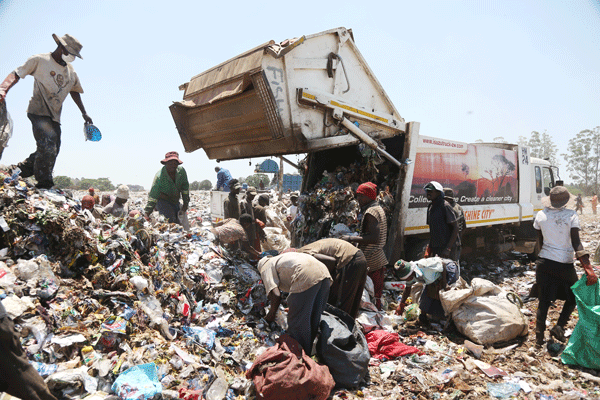Zim moves to exploit 5 000 megawatts hydro-power potential
ZIMBABWE is planning to court investors into hydro-power projects as the country has the potential to produce more than 5 000 megawatts (MW) of electricity from both small and big hydro-power projects on inland water sources and perennial rivers.
There are more than 10 small gorges along the Zambezi River with a capacity to generate about 150MW while some inland water sources also have similar capacity from small hydro-power projects.
This is excluding bigger projects such as the US$4,5 billion Batoka Gorge Hydroelectric Power, which is being implemented through the Zambezi River Authority, a bi-national organisation owned by Zimbabwe and Zambia and spearheading the 2 400MW hydroelectric project planned to be developed on the Zambezi River.
The need to invest in renewable energy including hydro power is topical and topped discussion at the recent 4th edition of the International Renewable Energy conference and expo in Victoria Falls.
Experts speaking at the event said the country was producing about 40MW from small hydro stations that, however, tend to be seasonal.
They said Zimbabwe has a potential to produce more than 150MW from small hydro power energy.
Energy and Power Development Minister Zhemu Soda said there is vast opportunity between Victoria Falls and the Indian Ocean.
“Significant small hydro-power potential is present in the eastern highland regions and perennial rivers and most inland dams. Around 150MW of small hydro-power potential is estimated in this country. These are small projects which we can develop using our own resources if we are able to work together and on a large scale, we have got over 5 000MW of hydro-power potential mainly along the Zambezi River basin between Victoria Falls and the Indian Ocean,” he said.
The bigger gorges are the Batoka, Devil’s Gorge, and Mupata Gorge.
Energy Permanent Secretary Dr Gloria Magombo said there are 10 small gorges along Africa’s fourth longest river between Victoria Falls and its mouth in Mozambique.
She said there is a need to speedily work on environmental impact assessment for the gorges and attract investors for the projects to help address power shortages in the grid.
“There is need to address challenges of intermittent projects and come up with solutions of storage. We have over 10 gorges along the Zambezi where this water flows and we are going to be working on the feasibility studies on those gorges and ensure that we have gorges which are ready for us to call investors to come in and work with us,” said Dr Magombo.
She said the biggest hydro potential sits on the Zambezi basin which is a shared resource
between Zambia and Zimbabwe.
Dr Magombo said Zimbabwe has over 10 mini hydro sites which are operational and the challenge is that they are seasonal and do not produce much during the off rainy season.
However, they are critical because they reduce losses because they feed into the grid from the furthest point of supply into the system, said Dr Magombo.
She said Zimbabwe and Zambia are working together with the Africa Development
Bank to help structure the Batoka project whose feasibility studies were approved late last year.
“With all the Zambezi basin projects, Batoka has done much of the work in the gorge which is ready for investment because the feasibility study and the ESIA have been done and approved by environmental agencies last year,” she said.
The renewable energy conference was held under the theme: “Managing the future: Clean energy possibilities.”
Government has taken a deliberate move to licence independent power producers to partner in power production and President Mnangagwa who was guest of honour at the conference commended Independent Power Producers (IPPs) for taking advantage of opportunities in the sector.—-chronicle.cl.zw








